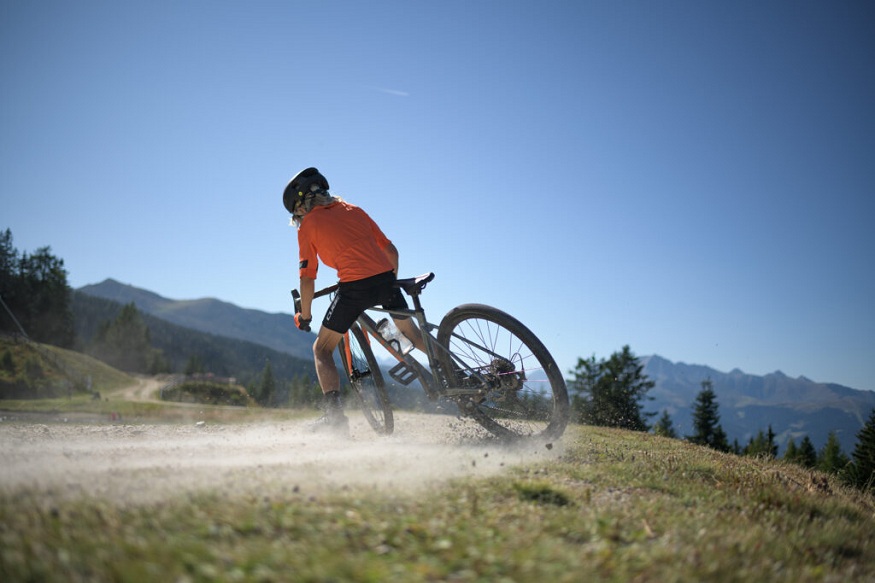Trail running is a great way to experience thrill and fitness while being immersed in nature, but it brings additional challenges that, if neglected, can lead to costly missteps. According to Steven Rindner, learning to avoid specific mistakes is important for all runners, regardless of their experience with trail running, to improve their race performance, while staying safe and injury-free. Below are six common mistakes that runners make on trails – and how to avert them.
Neglecting Proper Trail-Specific Training
The Mistake: Many runners think that being fit for road running automatically means they’re ready for trail running. While endurance and speed help, trail running also needs skills like agility, balance, and strength to handle uneven ground.
Prevention: Make sure to add trail-specific workouts to the weekly routine. This means running on technical trails, practicing uphill and downhill running, and doing drills to improve agility and balance. Strength training is important to build strong legs and core translating into enhanced performance and avoiding possible injuries on rough trails.
Poor Pacing on Hilly Terrain
The Mistake: Trail runners, particularly those hitting the trail for the first time, often make a major mistake by starting too fast on trills and subsequently burn out due to changing elevation. Trails with elevation changes demand a high-level pacing strategy.
Prevention: It is better to have a heart rate monitor or perceived effort scale to run at a sustainable pace, especially on climbs. Walking a steep hill can help reserve energy which supports later in the run or race. Knowing the landscape profile can help in energy management in advance which is the secret of performance; according to Steven Rindner.
Overlooking Weather and Trail Conditions
The Mistake: Trail runners frequently fail to adequately assess how varying weather patterns and trail conditions affect their performance and safety standards. Traversing wet, muddy, or icy trails demands distinct equipment and techniques compared to dry terrain navigation.
Prevention: Before embarking on the journey, never forget to examine both weather forecasts and trail reports as a preventive measure. Get equipped with specialized trail footwear that ensures proper traction while dressing in moisture-wicking layers suitable for current weather conditions. Depending on the conditions, pack essential items such as a lightweight rain jacket along with gloves or gaiters
Insufficient Hydration and Nutrition Planning
The Mistake: Trail runners sometimes skip proper fueling during long runs, especially when the complexity of the trail diverts their minds about hydrating and energy consumption. This can lead to feeling drained, getting dehydrated, or even cramping.
Prevention: Consider a fueling plan before starting trail running. Get fitted with a hydration pack or belt and make sure to drink electrolytes and eat something every 45-60 minutes for runs over an hour. Try different snacks and drinks ahead of time enabling the stomach accompany on race day while keeping gastrointestinal issues at bay.
Overtraining Without Enough Recovery
The Mistake: Moved by the challenge and beauty of the trails, many runners simply forget to pause while the added intensity and rapidity, results in overuse injuries and burnout.
Prevention: Adhere to a well-planned training regimen with rest days, cutback weeks, and cross-training. Foam rolling, stretching, rest, and adequate nutrition should be part of the regular routine of a runner. Paying attention to the body is important: feeling tired, sore, or having poor sleep can mean a break is needed.
Underrating the Necessity of Gear
The Mistake: Selecting incorrect equipment like road shoes and cotton clothing creates potential discomfort and hazards during trail activities. The use of improperly fitting equipment elevates the potential for developing blisters, experiencing chafing, or sustaining injuries.
Prevention: Go for specialized trail footwear featuring excellent grip along with moisture-wicking socks and technical clothing designed for the specific environment. Evaluate training equipment before race day to verify fit and performance. A first-aid kit, whistle, and GPS device represent crucial life-saving tools for survival in remote areas.
A runner’s performance, enjoyment, and safety experience substantial improvements by avoiding common trail running mistakes. Trail runners equipped with proper preparation, gear, and mindset can master the most difficult terrains and face all trail challenges.

